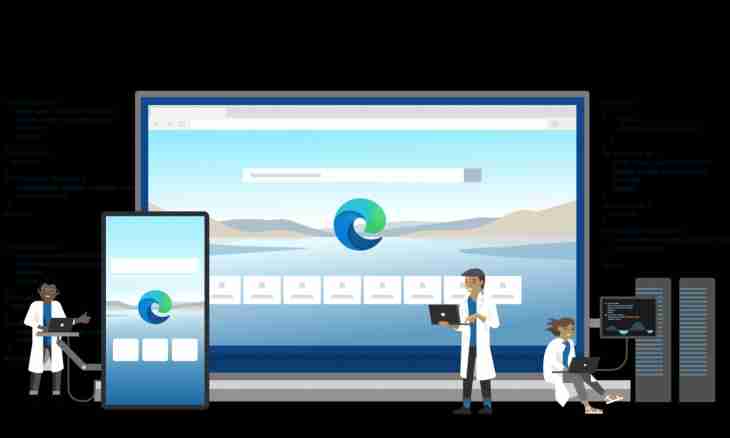The convenience of net surfing in many respects depends on the correct setup of the browser. A considerable role is played also by what browser you use. The greatest distribution was received by Internet Explorer though there are also more convenient programs for work on the Internet.
Instruction
1. The regular Windows browser is rather inconvenient for work, has very poor opportunities for setup. Therefore it is better to install the third-party program at once. It can be Mozilla Firefox attracting a great number of users. Google Chrome differing in very fast work. Opera having great opportunities for fine tuning. These browsers, along with regular IE, are used most often.
2. The choice of the program depends on what you are going to do in network. For information search and fast surfing Google Chrome will be the best option. Created for work with the largest search engine, it will allow you to find information interesting you very quickly.
3. At all the advantages for communication at forums and on social networks Google Chrome it is not absolutely convenient. In particular, in it there are no regular means of fight against advertizing. For communication it is better to use Mozilla Firefox, it is the good choice for those who only begin acquaintance to the Internet. The one who is going to work in network best of all will suit Opera or the version of Opera AC finished by community of its users.
4. The browser is selected, now it should be configured correctly. Irrespective of the used program, configure the correct opening of tabs – each new page should open in a new tab (but not a new window), at the same time the open tab is activated. When closing a tab active is that that it was open to it.
5. Do not forget nastroyt a cache. In Mozilla Firefox for this purpose open: "Tools" - "Settings" - "Network". Check that there is no tick on the Turn Off Automatic Control of a Cache point. In Opera open: "Service" – "General settings" - "Expanded" - "History". Set the size of a disk cache of equal 50-100 MB, a cache in memory – "Automatically". In the section of verification of documents (in the lower part of a window) "Never" install for documents and images option of check of updates –. In IE and Google Chrome of a cache is not present.
6. At start of Google Chrome the user can be confused with simplicity of the interface – in particular, lack of the menu. For convenience of work with bookmarks click an icon in the form of a wrench (it is behind the search string at once), select the Parameters item - "Main". Install a birdie on the Always to Show the Bookmarks Bar point. Now for saving the page to you will be to click enough the right mouse button bookmarks bars and to select the place of saving – on the panel (for quick access) or in the folder with bookmarks.
7. If you want to work via the proxy server, in IE open: "Service" - "Internet Options" - "Connections" - "Setup". Note a tick use of the proxy server and enter its data – the address and the port number. In Google Chrome click an icon of settings, select "Parameters" - "Additional" - "Network" - "Change proxy server settings". In Mozilla Firefox – "Tools" - "Settings" - "Network" - - "Configure" "Connection". Select the Manual Adjustment of Service of a Proxy item. During the work in Opera: "Service" - "General settings" - "Network" - "Proxy servers".
8. Working in network, try not to save passwords in the browser. For this purpose you can cancel in settings their saving at once. It is much safer to spend several seconds for password entry manually.
